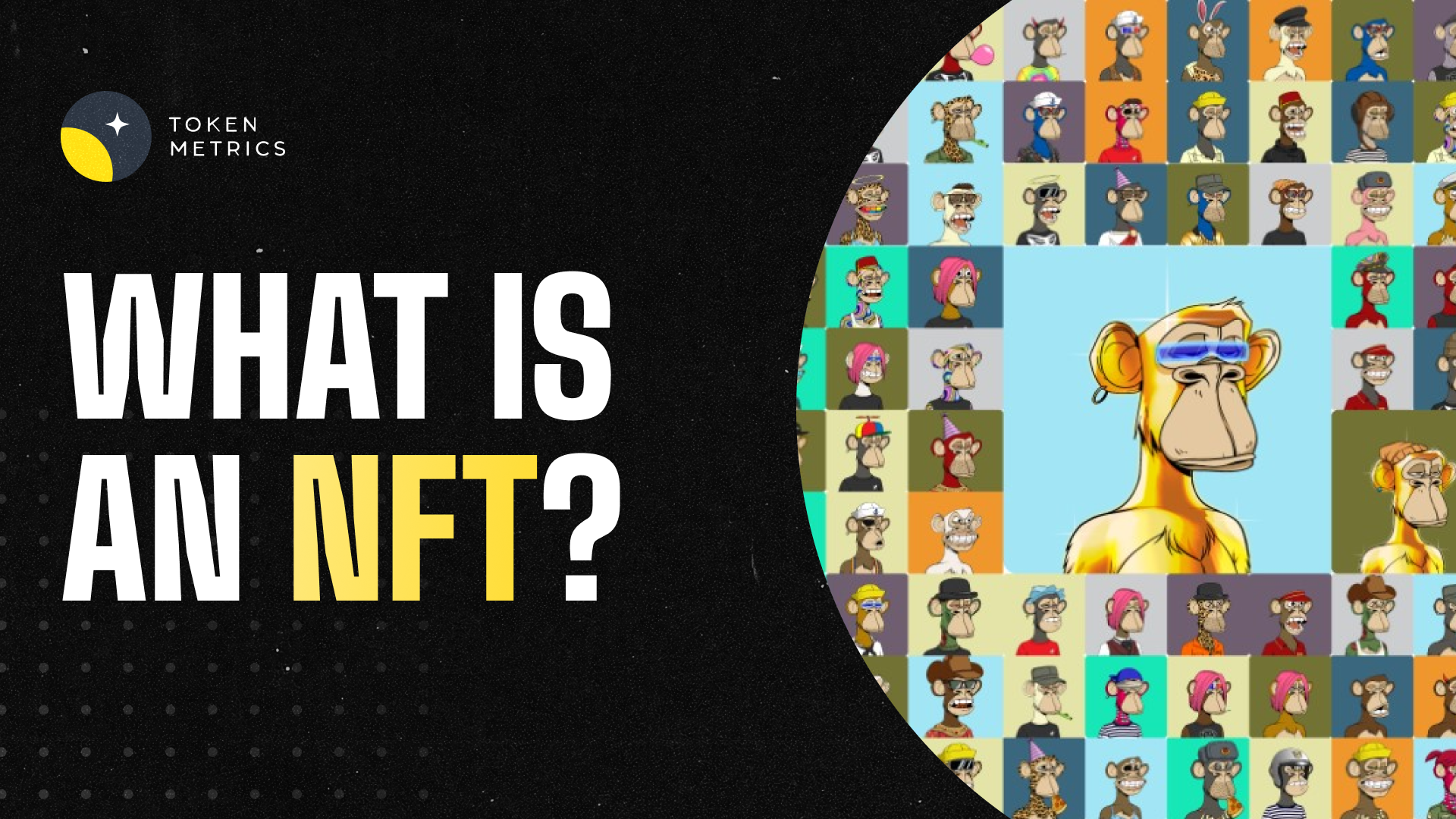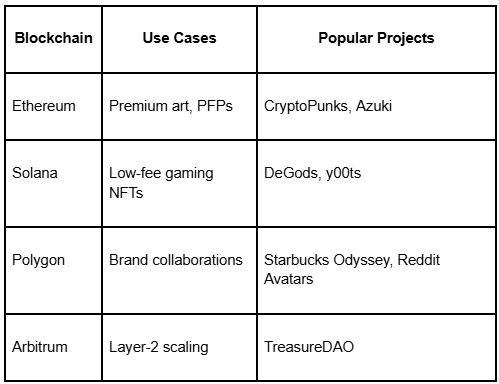Coinbase vs Robinhood - Which Platform is Better?

In the world of cryptocurrencies, Coinbase and Robinhood are two popular platforms that allow users to buy and sell digital assets.
Both exchanges have unique features and advantages, making it important for users to understand the differences before deciding which is better for their investment needs.
This article will compare Coinbase and Robinhood across various aspects such as fees, cryptocurrency selection, security, ease of use, and more. So, let's dive in and find out which crypto exchange comes out on top.
Coinbase vs Robinhood - Fee Comparison
When it comes to fees, Robinhood takes the lead over Coinbase. Robinhood offers commission-free trading, allowing users to buy and sell cryptocurrencies without incurring any transaction fees.
However, it's important to note that Robinhood still makes money through its controversial payment-for-order flow (PFOF) system, which may impact the execution price of trades.
On the other hand, Coinbase has a more complex fee structure. The fees vary depending on factors such as the trade size, payment method used, market conditions, and location.
Coinbase charges a flat fee of 0.50% for transactions and a spread of about 0.5% for cryptocurrency sales and purchases. These fees can add up, especially for frequent traders. However, Coinbase offers a fee reduction for traders using Coinbase Pro, their advanced trading platform.
In terms of fees, Robinhood wins for its commission-free trading. However, it's worth considering the potential impact of Robinhood's PFOF system on trade execution and fill prices.
Coinbase vs Robinhood - Cryptocurrency Selection
When it comes to the variety of cryptocurrencies available for trading, Coinbase outshines Robinhood by a significant margin.
Coinbase supports over 250 digital currencies and tokens, regularly making new additions. Some of the popular cryptocurrencies available on Coinbase include Bitcoin (BTC), Ethereum (ETH), Cardano (ADA), and many more.
On the other hand, Robinhood offers a more limited selection of cryptocurrencies. Currently, Robinhood supports only 18 digital assets, including Bitcoin, Ethereum, Dogecoin, and others.
While Robinhood has been expanding its crypto offerings, it still lags behind Coinbase regarding the number of supported cryptocurrencies. If you're looking for a wide range of cryptocurrency options, Coinbase is the clear winner in this category.
Coinbase and Robinhood - Security Measures
Security is a crucial factor to consider when choosing a crypto exchange. Both Coinbase and Robinhood prioritize the security of user funds, but they have different approaches.
Coinbase implements robust security measures to protect user assets. They store 98% of digital assets in air-gapped cold storage, keeping them offline and away from potential hacks.
Coinbase also offers two-factor authentication (2FA) for added account security. In addition, Coinbase holds an insurance policy to cover potential breaches of cryptocurrencies held in hot wallets.
On the other hand, Robinhood also takes security seriously. They store crypto assets in cold storage, although the exact percentage of assets stored offline is not specified. Robinhood offers two-factor authentication (2FA) for account security as well.
Both exchanges have their own insurance coverage. Coinbase provides FDIC insurance for USD balances, while Robinhood offers SIPC coverage for ETFs, stocks, and cash funds.
Regarding security, both Coinbase and Robinhood have solid measures in place to protect user funds. However, Coinbase's emphasis on cold storage and insurance coverage gives it an edge in this category.
Coinbase vs Robinhood - Ease of Use
Both Coinbase and Robinhood have user-friendly interfaces, making them accessible to beginners. The simplicity of their platforms makes it easy for users to navigate and execute trades.
Coinbase offers an intuitive interface, allowing users to sign up easily and connect their bank accounts or credit cards for buying and selling crypto.
The platform provides a straightforward process for completing transactions and tracking activities. Coinbase also offers a mobile app for convenient on-the-go trading.
Similarly, Robinhood provides a user-friendly trading application that supports the purchase of crypto, stocks, options, and ETFs.
The app is designed with simplicity in mind, making it easy for beginners to understand and use. Robinhood also offers a web-based platform for users who prefer trading on their computers.
In terms of ease of use, both Coinbase and Robinhood excel in providing intuitive platforms that are suitable for beginners.
Coinbase and Robinhood - Advanced Capabilities
When it comes to advanced capabilities, Coinbase offers more options compared to Robinhood. Coinbase provides features such as staking, where users can earn rewards for holding certain cryptocurrencies.
They also offer an advanced trading platform, Coinbase Pro, which caters to experienced and professional traders. Additionally, Coinbase allows users to trade cryptocurrencies for one another, providing more flexibility in investment strategies.
On the other hand, Robinhood is primarily focused on providing a simple and accessible trading experience. While they have expanded their crypto offerings, Robinhood does not currently offer advanced features like staking or crypto-to-crypto trading.
If you're an experienced trader or looking for advanced capabilities, Coinbase's additional features make it the preferred choice.
Additional Factors to Consider
Apart from the key factors discussed above, there are a few additional considerations when choosing between Coinbase and Robinhood.
Firstly, Coinbase has a wider global reach, available in over 100 countries, while Robinhood is limited to the United States.
Secondly, Coinbase offers various payment methods, including bank account transfers, credit/debit cards, and PayPal. On the other hand, Robinhood only supports bank account transfers for cryptocurrency purchases.
Finally, Coinbase has faced occasional technical issues during high trading volumes, which may impact the user experience. Robinhood has also experienced outages in the past, with reported service interruptions.
Considering these additional factors can help you make an informed decision based on your specific needs and preferences.
Conclusion
Both Coinbase and Robinhood platforms have their strengths and weaknesses. Coinbase offers a wider selection of cryptocurrencies, advanced trading capabilities, and a global presence.
On the other hand, Robinhood provides commission-free trading, a user-friendly interface, and the ability to trade crypto alongside other asset classes.
If you're looking for a wide selection of cryptocurrencies and advanced features, Coinbase is the better choice. However, Robinhood may be more suitable if you prefer commission-free trading and the ability to trade multiple asset classes on a single platform.
Ultimately, the decision between Coinbase and Robinhood depends on your individual investment goals, trading preferences, and the specific features that matter most to you. Considering these factors and conducting further research before making your final choice is important.
Disclaimer
The information provided on this website does not constitute investment advice, financial advice, trading advice, or any other advice, and you should not treat any of the website's content as such.
Token Metrics does not recommend buying, selling, or holding any cryptocurrency. Conduct your due diligence and consult your financial advisor before making investment decisions.
Create Your Free Token Metrics Account

.png)




%201.svg)
%201.svg)


%201.svg)






.png)






%201%20(1).png)






.svg)




.png)